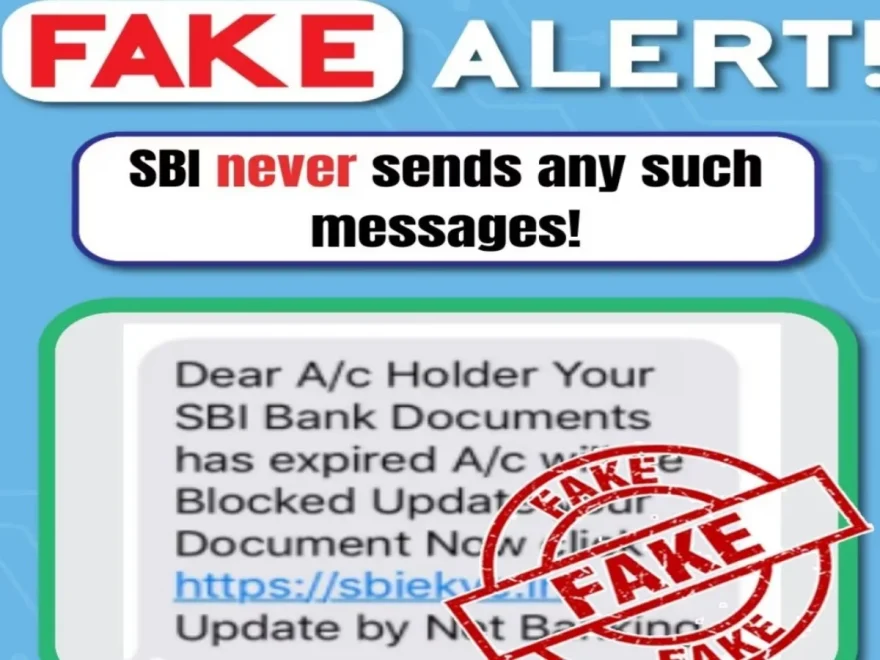In today’s digital age, text messaging has become a common mode of communication. However, with the rise of text message scams and phishing attempts, it’s crucial to know how to identify a fake text message to protect yourself and your personal information. In this comprehensive guide, we’ll explore the various signs and techniques to recognize and handle fake text messages.
Understanding Fake Text Messages
Before we delve into the methods of identification, let’s briefly understand what fake text messages are.
What Are Fake Text Messages?
Fake text messages, often referred to as “smishing” (a combination of “SMS” and “phishing”), are fraudulent text messages sent with the intent to deceive or manipulate recipients. These messages can carry various scams, including phishing attempts, financial fraud, and identity theft.
How to Identify a Fake Text Message
Identifying a fake text message requires a keen eye for details and an understanding of common tactics used by scammers. Here are some essential steps to help you recognize fake text messages:
1. Check the Sender’s Information
- Look for Suspicious Numbers: Be cautious of text messages from unfamiliar or suspicious phone numbers, especially if they claim to be from a reputable organization.
- Verify Sender Identity: If a message claims to be from a specific company or organization, verify the sender’s identity by visiting their official website or contacting them directly.
2. Beware of Urgency and Pressure
- Watch for Urgent Language: Scammers often use urgent language, such as threats of legal action or account suspension, to create panic. Genuine organizations typically provide clear and non-threatening communication.
- Avoid Immediate Actions: Be cautious of messages that ask you to take immediate actions, such as clicking on links or sharing personal information. Take your time to assess the message’s legitimacy.
3. Examine the Message Content
- Check for Grammatical Errors: Many fake text messages contain grammatical errors, misspellings, or awkward language usage. Legitimate organizations usually maintain a professional tone.
- Analyze URL Links: Hover your mouse over any included links without clicking to reveal the actual URL. Ensure it matches the official website of the claimed sender.
4. Verify Contact Information
- Search for Official Contact Information: If you receive a message from an organization, search for their official contact information online and compare it with the information provided in the text message.
- Contact the Organization: When in doubt, contact the organization directly using their official contact details to confirm the message’s authenticity.
5. Avoid Sharing Personal Information
- Never Share Personal Information: Legitimate organizations will not ask you to share sensitive information, such as Social Security numbers, bank account details, or passwords, via text message.
- Do Not Click on Suspicious Links: Avoid clicking on links in text messages if you have any doubts about their legitimacy.
Conclusion
Identifying a fake text message is essential to protect yourself from scams and potential fraud. By staying vigilant, checking sender information, scrutinizing message content, and avoiding hasty actions, you can reduce the risk of falling victim to text message scams.
Remember that scammers continually evolve their tactics, so it’s crucial to stay informed and share this knowledge with friends and family to help them stay safe in the digital landscape.
FAQs
1. What should I do if I receive a suspicious text message?
If you receive a suspicious text message, do not click on any links or share personal information. Delete the message and report it to your mobile carrier or a relevant authority.
2. Can I block text messages from unknown senders?
Yes, most smartphones allow you to block text messages from unknown senders or specific phone numbers. Check your phone’s settings or contact your mobile carrier for instructions.
3. Is it safe to click on links in text messages from known contacts?
While it’s generally safer to click on links from known contacts, be cautious if the message seems unusual or out of character for the sender. Verify with the sender if you have any doubts.
4. What are common types of text message scams?
Common text message scams include phishing attempts, fake lottery winnings, financial scams, and identity theft attempts. Always exercise caution when receiving unexpected messages.
5. How can I report a suspicious text message?
You can report suspicious text messages to your mobile carrier by forwarding the message to a designated number or contacting their customer support. Additionally, you can report scams to the Federal Trade Commission (FTC) or a relevant consumer protection agency.
Read More: https://mykohlscharge-pay.com/
More Related:
Do You Have to Pay for Cinemark Movie Club?
Does Temu Actually Give You Money on PayPal?
RegalGiftCards.com Reviews: Are They Worth Your Investment?
Can You Use Regal Gift Cards Online?

